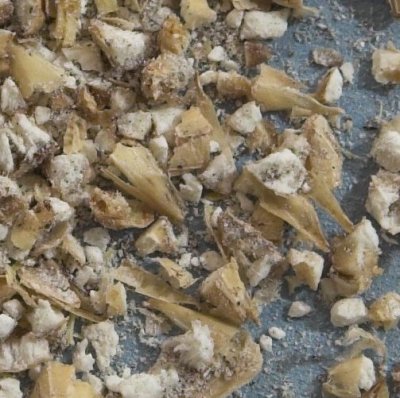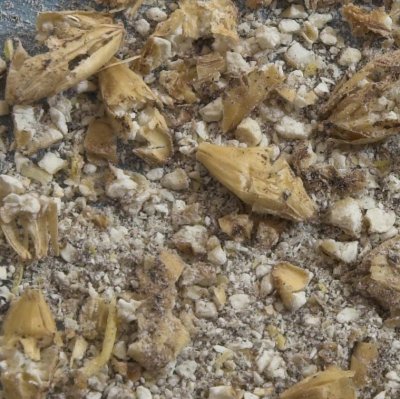Milling question. Should I mill my grain dry or should I "condition" the grain first.
Information on conditioning the grain from the Home Brew Wiki is interesting, but curious if anybody actually conditions.
https://www.homebrewtalk.com/wiki/index.php/Evaluating_the_Crush
I plan to start with the mill at the factory setting of .039". Seems that is what most people do. Will be milling mostly Pale Malt and Crystal malt. I'm a pale ale guy.
Thanks,
John
Information on conditioning the grain from the Home Brew Wiki is interesting, but curious if anybody actually conditions.
https://www.homebrewtalk.com/wiki/index.php/Evaluating_the_Crush
I plan to start with the mill at the factory setting of .039". Seems that is what most people do. Will be milling mostly Pale Malt and Crystal malt. I'm a pale ale guy.
Thanks,
John




